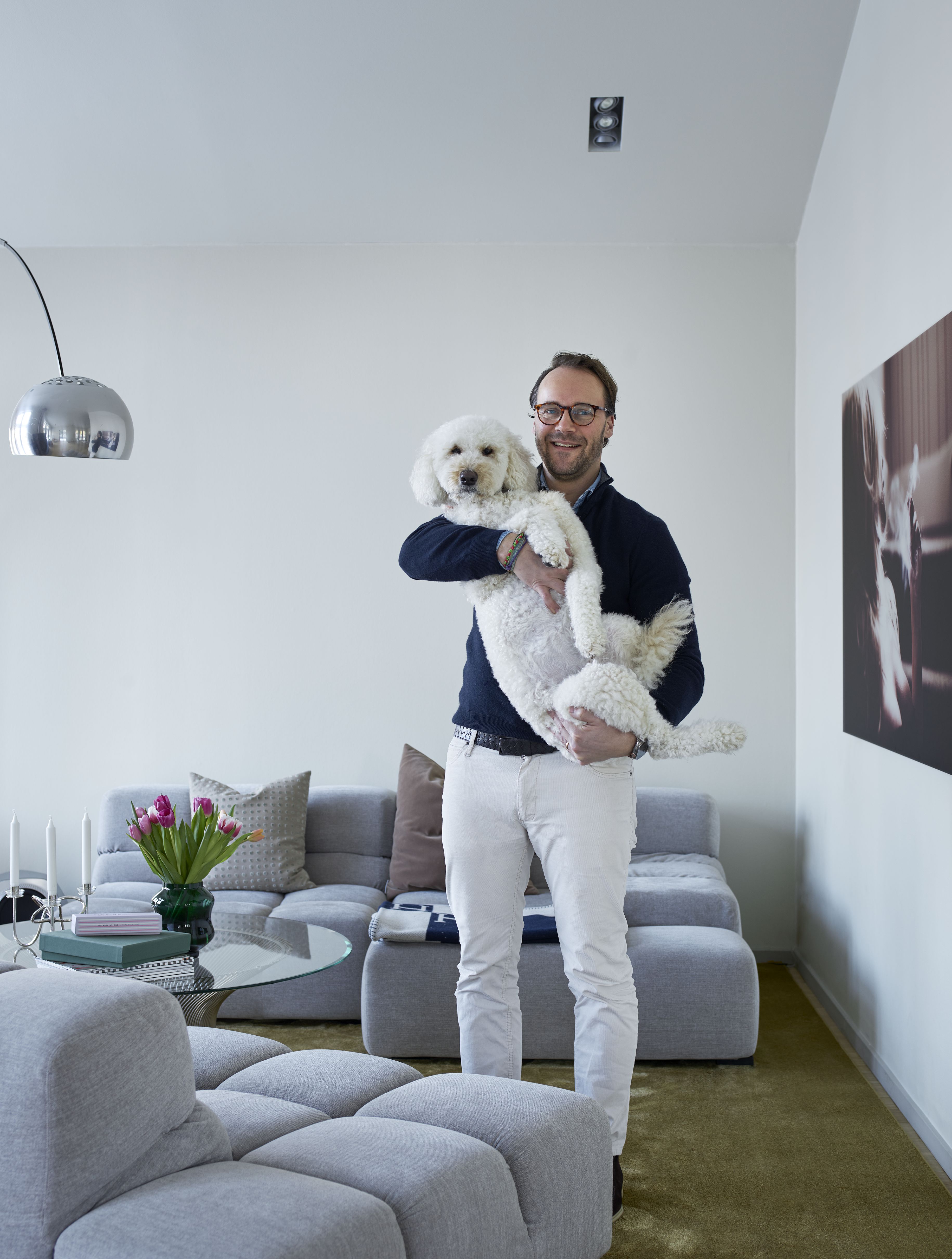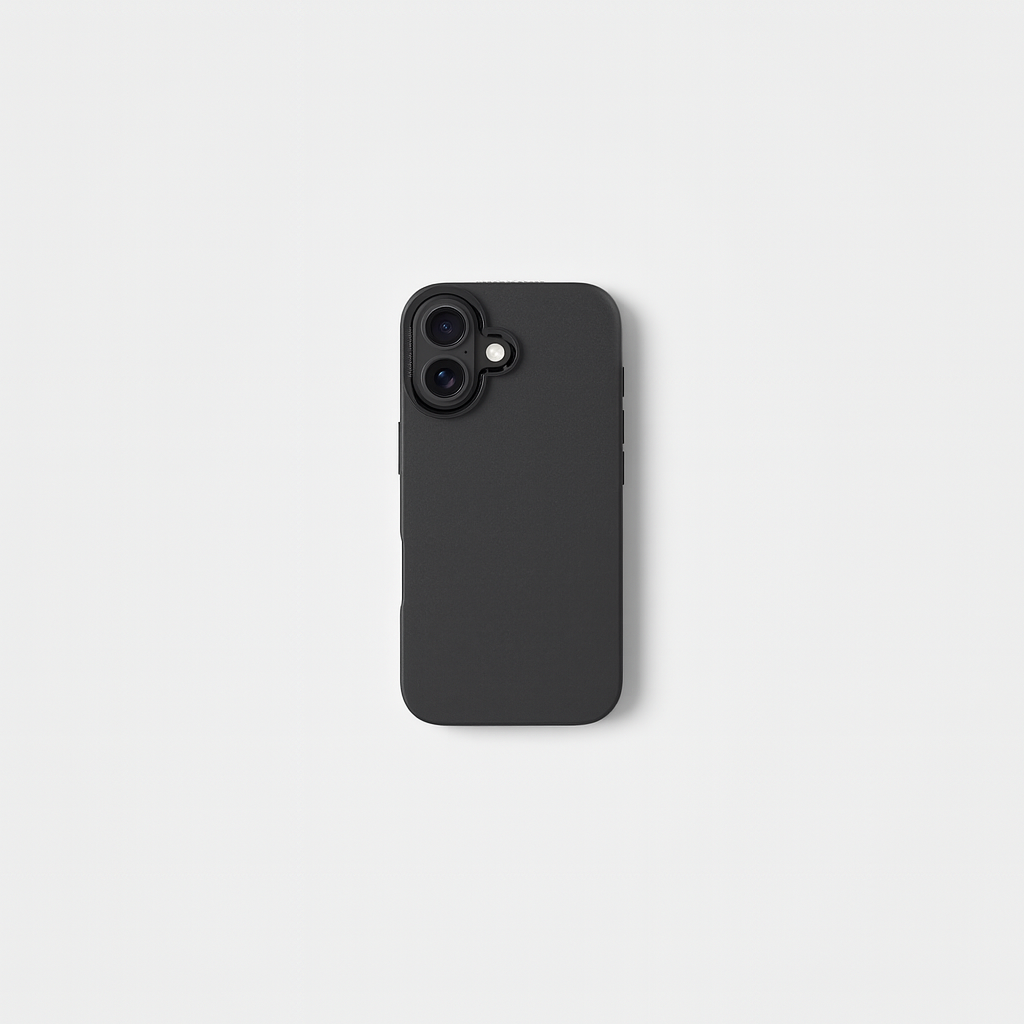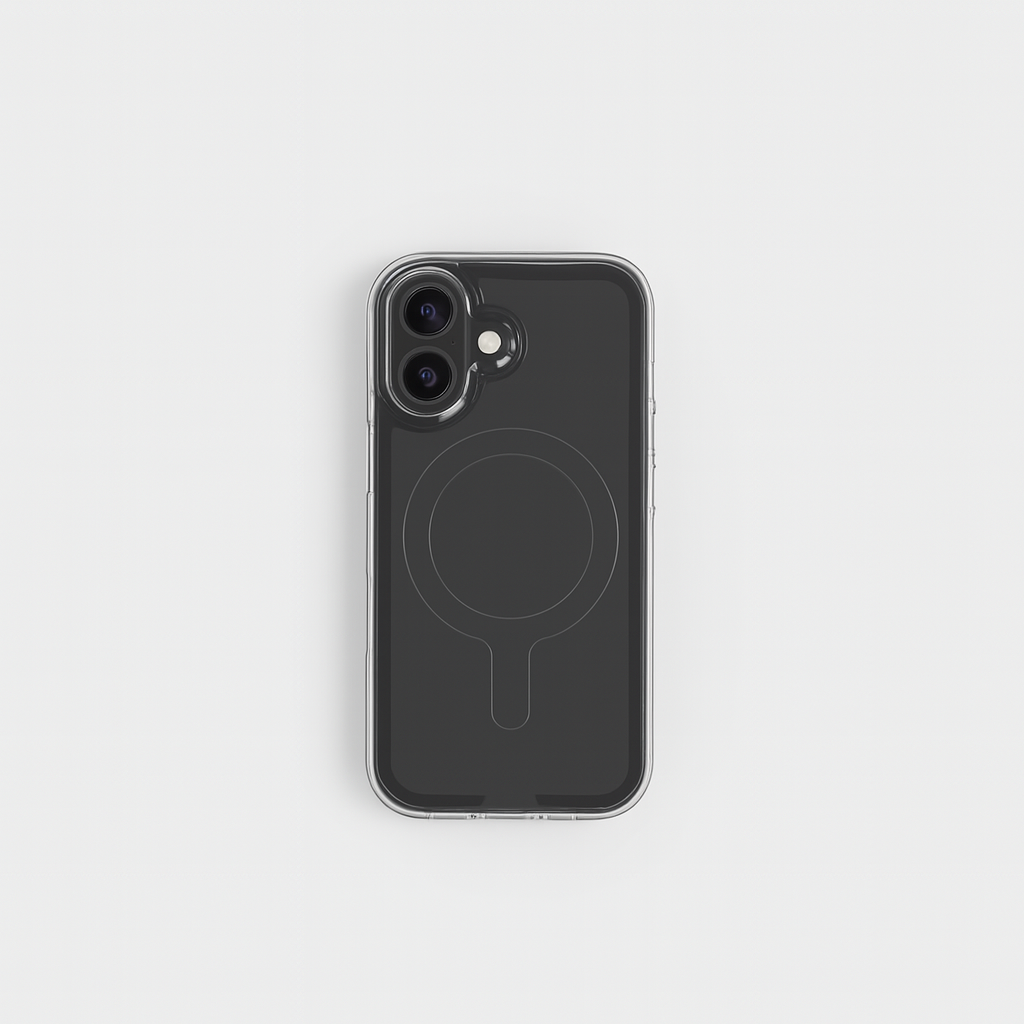There’s a quiet guilt that comes with modern comfort. We order, unwrap, replace—rarely questioning the trail of waste we leave behind. Most of us notice it in small ways: a child’s question, a hurried glance at a trash bin, a product that feels too cheap. These moments pass quickly. But sometimes, they catch—pressing us to reconsider what we’re part of and what we leave behind.
Henrik Jonsson was working as a global sales director in the phone case industry when those questions became louder. After years on the road, the personal cost of constant travel and consumption weighed on him. In 2020, he contacted the founders of Agood Company—a Swedish DTC brand founded in 2018—and eventually joined as an investor and partner. By the end of that year, he helped steer the company through a fundamental change: moving from online sales to building a global retail operation grounded in circular production.
“We realized the market research was a lie.”
The company’s original vision was to sell directly to conscious consumers. But by 2021, Henrik pushed to lean into retail distribution—his own area of expertise. “The intention was to be a pure DTC brand,” he said. “But now it’s totally the opposite.” Today, retail accounts for about half of their revenue, including distribution through major telecom carriers like Deutsche Telekom, Vodafone, and Swisscom. The rest comes from a mix of corporate gifting, fashion collaborations, OEM partnerships, and limited DTC sales.
The real shift came when the team stopped trusting sustainability surveys. “Every researcher survey is saying people will pay more for a sustainable product,” Henrik said. “But the truth is, they won’t. You can’t charge a premium just because it’s circular.” Instead of messaging circularity as a value-add, the company began redesigning its pricing, manufacturing, and product features to be competitive with conventional goods.
This decision triggered a major reorganization. Agood Company reduced DTC investments, ramped up resources for physical trading, and improved production efficiency to reach cost parity with suppliers in low-cost regions. “That was an important realization,” Henrik said. “Now we can offer circular products at the same price as products made in China.”
.png)



%20(1).jpg)
.jpg)
.jpg)
%20(1).jpg)


.png)